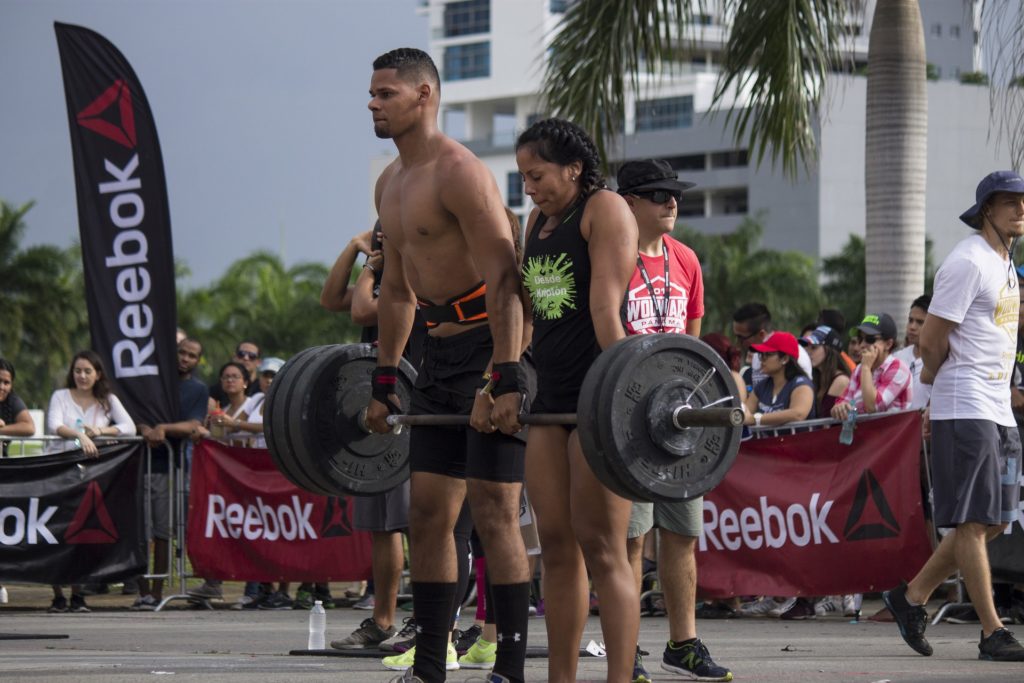[et_pb_section admin_label=”section” transparent_background=”off” allow_player_pause=”off” inner_shadow=”off” parallax=”off” parallax_method=”on” make_fullwidth=”off” use_custom_width=”off” width_unit=”off” custom_width_px=”1080px” custom_width_percent=”80%” make_equal=”off” use_custom_gutter=”off” fullwidth=”off” specialty=”off” disabled=”off”][et_pb_row admin_label=”row” make_fullwidth=”off” use_custom_width=”off” width_unit=”off” custom_width_px=”1080px” custom_width_percent=”80%” use_custom_gutter=”off” gutter_width=”3″ allow_player_pause=”off” parallax=”off” parallax_method=”on” make_equal=”off” parallax_1=”off” parallax_method_1=”on” parallax_2=”off” parallax_method_2=”on” parallax_3=”off” parallax_method_3=”on” parallax_4=”off” parallax_method_4=”on” disabled=”off”][et_pb_column type=”4_4″][et_pb_text admin_label=”Text” background_layout=”light” text_orientation=”left” use_border_color=”off” border_style=”solid” disabled=”off” border_color=”#ffffff”]
Muscle strengthening can improve symptoms of Knee Osteoarthritis
Knee Osteoarthritis (OA) – it’s a painful condition and threatens one’s ability to lead a active and good quality of life. Personal trainers and fitness professionals see this condition all the time, as do physios, GPs and all allied health professions.
UK figures project that by 2020, 5.4 million people will be suffering from knee OA (ARUK, 2013).
Because the last treatment option is joint replacement and there’s significant risk of secondary problems associated with inactivity, (exacerbated muscle wasting, pain and other systemic problems), we need to look at how we can manage this condition better. The good news is that exercise really helps, and not surprisingly, resistance training is essential.
The Evidence
I wrote a systematic review (a scientific summary of all the research literature)  recently on whether or not the best research studies investigating the effects of resistance training on knee OA addressed the basic principles in the design of their training intervention. It turns out that that the rehab literature isn’t doing so well. As fitness professionals, the very basics of your knowledge and thus training interventions involve applying the principles of resistance training – specificity, overload and progression, but in rehab research these basic principles are not consistently applied.
recently on whether or not the best research studies investigating the effects of resistance training on knee OA addressed the basic principles in the design of their training intervention. It turns out that that the rehab literature isn’t doing so well. As fitness professionals, the very basics of your knowledge and thus training interventions involve applying the principles of resistance training – specificity, overload and progression, but in rehab research these basic principles are not consistently applied.
To Condition Strength
versus muscle endurance or power you need to work at 3-5 RM; a resistance that can be lifted with correct technique up to 5 times, but not 6. And this is applicable to all populations. Yes, there will be adaptations you need to make to accommodate limited range of motion, pain etc., however, it’s entirely possible. Here’s an example or two of how I work with knee OA patients and try achieve a strengthening intervention:
- Be systematic in your approach. Make sure you find out all the key details about your client that would affect your exercise intervention. See here for a cheat sheet that you can use with all clients with injury/problems.
- Warm-up. This is really important, especially with this client group. Warming up will reduce symptoms of pain and help the lubricating synovial fluid in the knee do a better job -making it less viscous. A 10-minute cycle is a good way to achieve this.
- Establish which exercises, if any cause discomfort. Various exercises can be used to strengthen the knee musculature (and hip), however, you might find that closed-chain exercise, such as legs press, is more uncomfortable than open-chain exercises, such as leg extensions.
- Do a warm-up set on each resistance exercise at around 50% of the 3-5 RM training load
- Train each leg independently where possible. By training the left and right legs separately, it avoids exacerbating any limb dominance and makes sure that both limbs get an equal dose of training.
- Present the exercise intervention gradually. If you have, say 4 exercises, each with 3 sets and your client isn’t used to resistance training in this way, get the client to perform only 1 set of each exercise on the first session (minus warm-ups), 2 on the second session and 3 on the third – making sure there’s adequate time for recovery between sessions.
- Monitor client responses. You want to to make sure that the exercise doesn’t cause increasing levels of pain. A 3 or 4 out of 10 (where 0 = no pain and 10 is the worst pain imaginable) is to be elected, however, this shouldn’t increase as the exercise progresses, or when the exercise stops. The discomfort should subside as the exercise ceases. AND in fact discomfort overall should reduce at the person becomes more trained.
Next time, we’ll focus on a real case-study of a 60 year-old male with stage 4 OA on the lateral side and who is trying to do all that he can to put off the need for a knee replacement. We’ll also look at the exercise intervention in detail.
If you want to learn more about injury and how to deal with clients with problems, check out our courses here
[/et_pb_text][/et_pb_column][/et_pb_row][/et_pb_section]

